Hair Style ·
Trends ·
What is the difference between a butterfly cut and a wolf cut?

Shags, wolf cuts and butterflies, oh my!
There's plenty of takes on the way layers are done in this day and age, with many styles making a resurgence from the 70s - namely, the butterfly and wolf cut.
The big question from the masses, however, is - how can I tell the difference between the two? AND HOW DO I KNOW WHICH ONE I WANT?!
Well, you need not fret anymore, friend. We have you covered.
Let's break it down.
What is a butterfly cut?
The butterfly cut traditionally has feathered ends, with shorter layers on top/around the crown, which are integrated and blended into longer layers on the bottom. This style creates a lot of texture and is generally rocked by those with longer hair.

What is a wolf cut?
The marriage of the shag and the mullet, the wolf cut rocks shorter, choppy layers on top and longer layers around sides and back.

Ironically designed for longer hair, old wolfie is also used in shorter styles a bit like the girl from Squid Game.
The main difference are that the wolf cut uses short layering to frame the face, where as the butterfly uses short layers at the back to create volume.
The main difference are that the wolf cut uses short layering to frame the face, where as the butterfly uses short layers at the back to create volume.
Another defining difference is that butterfly tends to use feathered ends, whereas the wolf cut is more choppy.

Style a wolf cut with some volume mousse and a blow dry brush like the Mermade Interchangeable Blow Dry Brush.
To finish off, spray in some texture like De Lorenzo's Elements Sandstorm.




Leave a comment